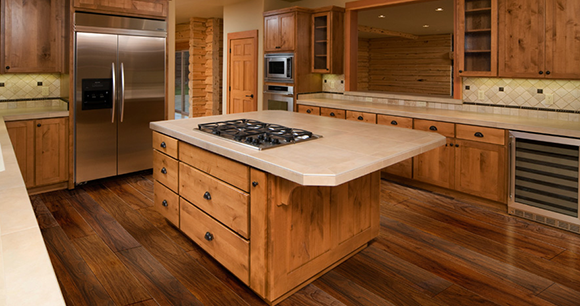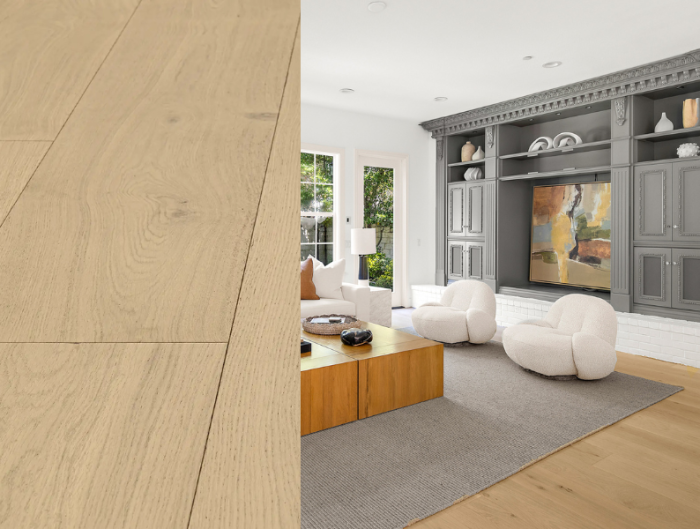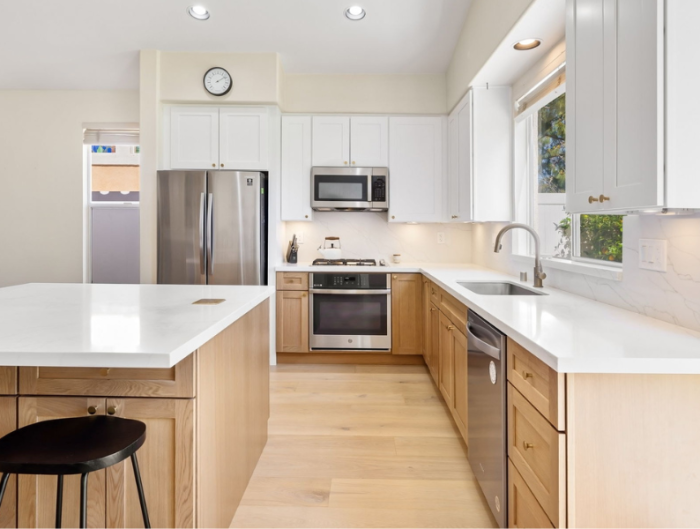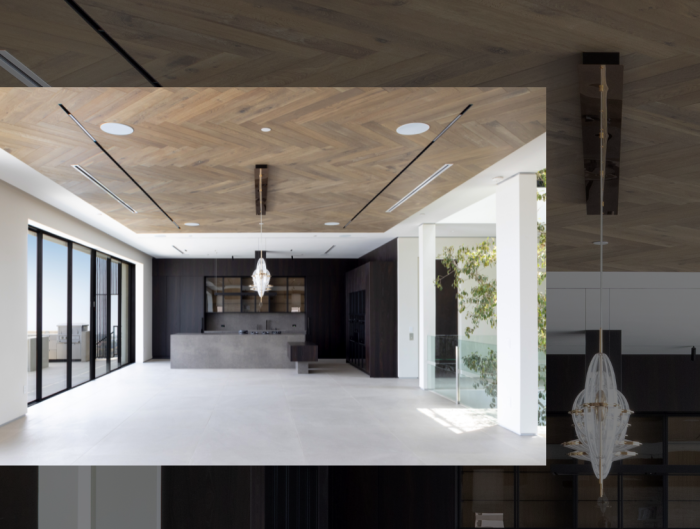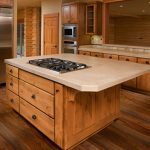Over here at Urban Floor, we’re big proponents of the engineered flooring movement. Here’s a question for you: What comes into your mind when you hear or see the word “engineer”?
Perhaps it’s something along the lines of man-made construction using skills, knowledge, and science? If so, this is exactly what we’re referring to when we say, “engineered hardwood floors” – hardwood floors that are constructed using skills, knowledge, and science to create a product tailored a specific way.
How Engineered Hardwood Floors Are Made
It all starts with beautiful trees that are carefully cut down, loaded, and sent to a factory where the engineering magic begins. There are a wide variety of tree species that engineered hardwood floors can be made from, each with varying degrees of strength!
First, the large chunks of tree must be de-barked using industrial machines for preparation. A question lurking in the wood flooring industry is what to do with the bark chippings from this mandatory process. So far the best use is for bark mulching – which is used for gardening and landscaping for various purposes. One example of bark mulch’s benefits is that it can hold in moisture for plants, effectively slowing down the time it takes for them to dry out.
After the trees have been debarked, it’s time to turn large chunks of solid wood into fine-engineered hardwood floor planks – the ones that are actually installed in your home. The tree is shaved into slices of real wood known as veneers. This veneer is what will be featured on the top of your engineered floor, giving it the hardwood appearance you seek. Below this veneer contains multiple layers of strategically placed plywood. It’s strategically placed because these plywood layers are stacked on top of each other in opposite direction. This is what gives engineered hardwood floors the benefits they have over solid hardwood flooring options: dimensionally stable and more resistant to changes in temperature and humidity reducing expansion, shrinking, and warping, as well as reducing the tendency of split wood.
The final step of the process ends at a finishing factory where your wood floors are prefinished with different sealants for added protection and longevity. Your engineered hardwood floor may also be sent through a distressing process that involves hand scraped finishes or wire brushed finishes for customizability-sake. It all depends on what you want your floor to look like – old, modern, exotic, etc. It then ends up carefully laid into your home (often by a professional), waiting to receive compliments from your family and friends.
The process of how engineered hardwood floors are made is truly fascinating. Hopefully you begin to see exactly why we love engineered hardwood flooring so much. Really though, we love all hardwood floors!

